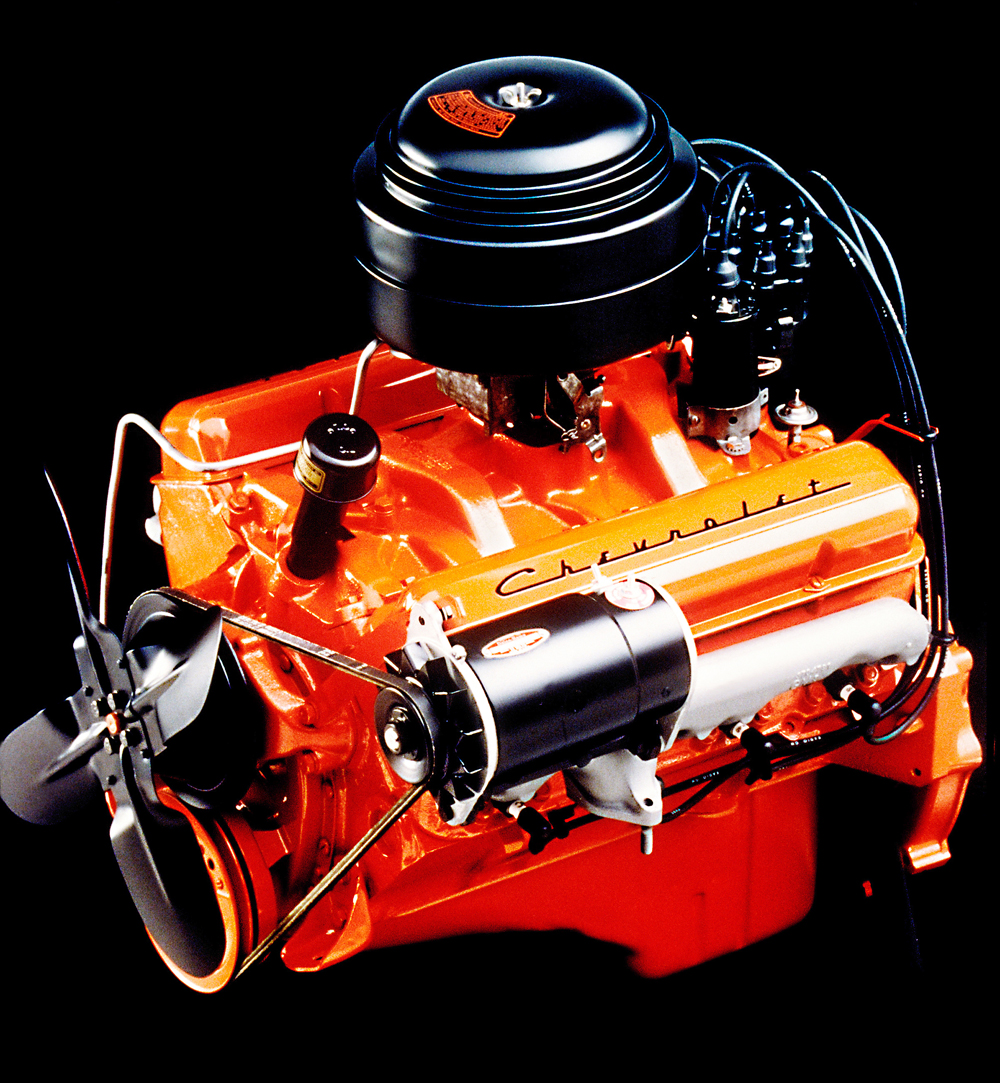|
|
|
The Birth of a Wildcat Winding up the last full year of automobile production before World War II, Chevrolet reported record sales for 1941, the fifth consecutive year the brand led the American car market. When peace was at last achieved in late 1945, American automakers rushed to supply car-starved consumers with new cars based on the final pre-WWII models produced during the truncated 1942 model year. By 1950, the postwar demands of a new generation of consumers were becoming apparent. They wanted a fresh look, more driving pleasure and greater performance. Chevrolet's general manager, Thomas Keating, followed up on Chevrolet's restyled 1949 models with the introduction of Powerglide for 1950 – the first fully automatic transmission option in the low-priced segment. While GM styling chief Harley Earl and Chevrolet designers captured the mood of the time with the Corvette, the engineers had yet to update the regular Chevrolet's chassis and drivetrain. Keating could see that style and performance would soon be key to Chevrolet's ability to retain market leadership. He convinced GM's board that Chevrolet needed to move on from its traditional inline six, and received the go-ahead to have former Cadillac engineer Edward N. Cole develop a new V-8 engine and a chassis to go with it. At the same time, the stylists set out to completely redesign the body. The new car was to look entirely different, but still be identifiable as a Chevrolet. In 1955, Chevrolet presented the pièce de resistance that resulted from the three-year engineering and design effort, and its success would exceed every expectation. After testing a new Chevy V-8, Mechanix Illustrated called the car "a wildcat – truly sensational." During the 1955 Daytona speed trials, a specially tuned Chevy V-8 clocked a top speed of 112 mph. Chevrolet's postwar masterpiece was introduced with a gigantic marketing blitz. With thousands of potential customers flooding showrooms to see the 1955 models, dealers distributed 2,131,000 balloons, 1,016,920 perfume bottles and innumerable ballpoint pens and key rings. On March 26, 1955, the first-ever Chevrolet NASCAR Grand National series victory occurred at Columbia, S.C., putting the Chevy "small-block" V-8 on the road to becoming the winningest brand in NASCAR history. The day before, Chevrolet officially introduced its ultra-modern "second series" 1955 trucks, featuring all-new styling and an optional V-8 engine. The 1955 model year was the best Chevrolet experienced to date. Production rose to 1,713,478, handily outpacing Ford's 1955 model year output of 1,435,002 automobiles. In the years following the debut of the 1955 Chevrolet, the company brought to market such innovations as a fuel-injected small-block V-8 (for 1957) and a four-wheel independent suspension on trucks (for 1960). Chevrolet combined the functions of a pickup with the comfort of a large passenger car with the El Camino, introduced for 1959. A new line of "compact" Chevy II cars debuted for 1962. The Chevelle, which introduced the Malibu nameplate on its top-level models, and sporty Camaro were launched for 1964 and 1967.
|
|
Home < General Motors < GM Cars < GM History
|
